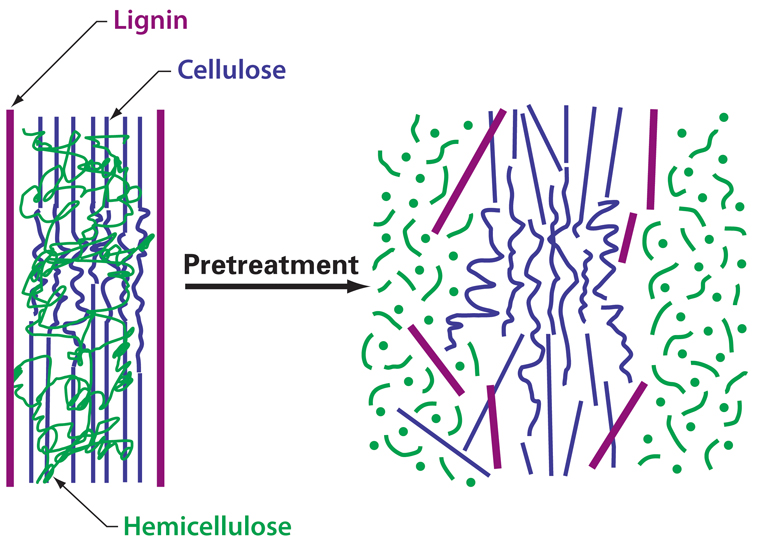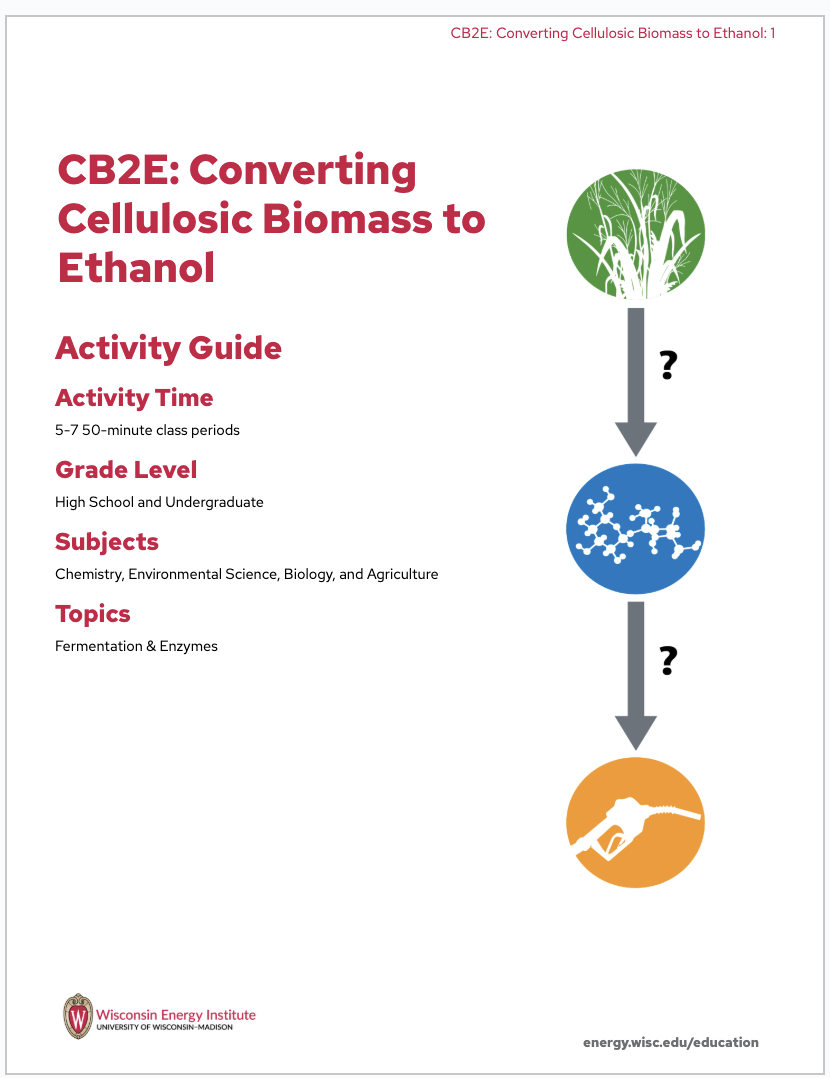CB2E: Converting Cellulosic Biomass to Ethanol
Middle School
High School
Undergraduate
Investigation

In this flexible lab sequence, students convert cellulosic biomass sources, such as sawdust, straw, or cardboard into sugars and then ethanol. As biomass samples are pretreated, enzymatically digested, and fermented, students use glucose meters and ethanol probes to measure the key products of this chemical conversion. In the process, students can test predictions about which biomass sources and treatment methods will be most effective for producing ethanol.
Extend the learning by combing this activity with the Modern Scientist-Engineer in the World of Fermentation research story, Boosting Yeast's Appetite for Sugars data dive, Fermentation in a Bag activity, and Fermentation Challenge: Making Ethanol from Cellulose activity.
Access Activity Materials!

Subjects
Agriculture
Biology
Chemistry
Earth Science
Engineering
Environmental Science
Physical Science
Topics
Fermentation & Enzymes
Concepts/Skills
Fermentation, respiration, enzymes, biomolecules, organic chemistry, chemical reactions, biofuels, forms of energy, data analysis, scientific argumentation
Prior Knowledge
Energy and matter transformations, fermentation, enzyme action, relationship between monomers and polymers
Time Required
Five to seven 50-minute class periods over 5-14 days (can be adapted to short times)
Required Supplies
Ethanol probe, blood glucose meter, centrifuge tubes, water bath or incubator, biomass, cellulase enzyme, coffee or spice grinder, hot plate, scale, pipettes **See activity package for amounts and supplier details